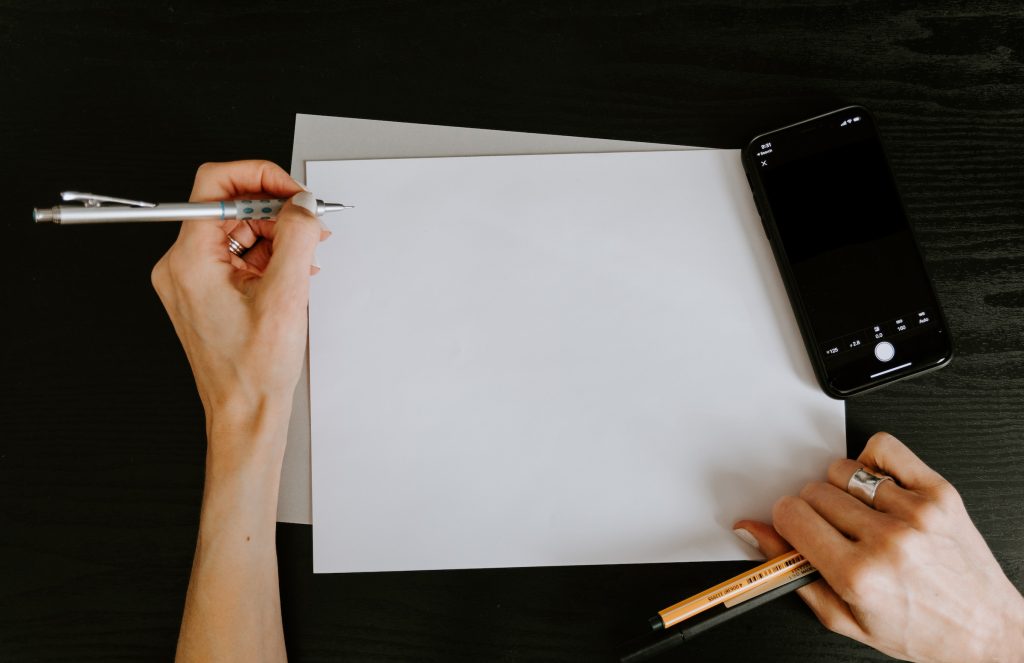The Real Reason Why AI Art Can’t Replicate Hands
If you’ve seen a piece of artificial intelligence-generated art recently, you’d acknowledge just how good it is. AI has become a phenomenon in the art space, making it possible for people to literally enter commands and get images in real time.

However, while AI art is pretty sleek, there is one area where this technology seems to falter – when it comes to hands. It’s truly an interesting situation – we have AI tools that can make art in literal seconds; but, as soon as that art involves hands, it struggles significantly.
Looking to understand this dilemma, Phil Edwards, a senior video producer at Vox, decided to dig deeper. He spoke to Stan Prokopenko, an artist; Yilun Du, a student at MIT Robotics; and a scientist named Roy Shilkrot to understand the mechanics of reproducing a human hand by AI. And from their conversations, he was able to understand a few things.
The first issue comes in the way AI works itself. An AI model operates by replicating things it has seen before. With hands, however, there isn’t much to learn from. The data size for hands that AI models are being trained with remains small compared to, say, faces.
Just as well, the way that hands work also plays a role in this difficulty. Hands are varied in the way they work and can look. And, because of this, AI models can easily get hand placements wrong in general.

Finally, the low margin for error when drawing hands should be considered. As humans, we take hands very seriously when we draw because they are so important. However, because AI models don’t have so many pictures of hands that they can work with, most of them are confined to the data training sets they know.
